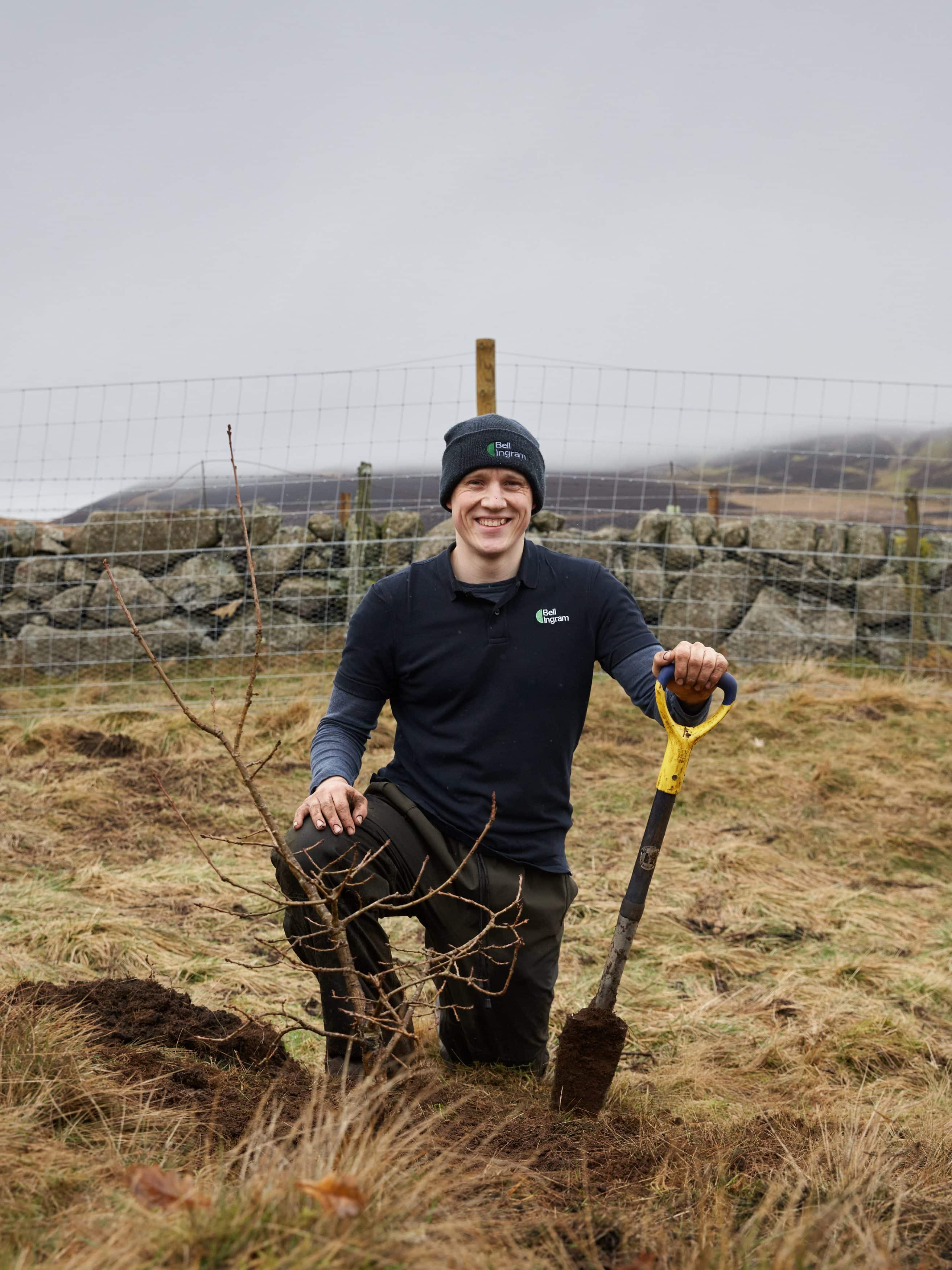Celebrating Women’s Career Growth and Wellbeing at Bell Ingram
By Kirsty Watson, HR Manager
This International Women’s Day, we take a moment to celebrate the incredible contributions of women at Bell Ingram and reflect on the journey towards gender equity. As Bell Ingram marks its 125th anniversary, we acknowledge the significant strides made in fostering an inclusive and supportive environment for women in the workplace.
A Century of Change
A century and a quarter ago, the professional world looked very different. The land and property sector was dominated by men, clad in classic tweeds and brogues, a reflection of societal norms at the time. Fast forward to today, and the landscape has transformed remarkably. At Bell Ingram, the majority of our professional staff, from partner to trainee level, are women. This shift is not just a testament to societal progress but also to our organisation’s commitment to supporting and championing female talent.
Launching Our Wellbeing Strategy
While we celebrate how far we have come, we also recognise that there is still work to do in achieving true gender equity in the workplace. That is why we are proud to announce the launch of our Wellbeing Strategy, which introduces new policies designed to support women at every stage of their careers.
Key initiatives include:
- Fertility Policy – Providing support and flexibility for those undergoing fertility treatments, ensuring that our employees feel valued and accommodated during what can be a challenging time.
- Flexible Working – Empowering employees to balance their professional and personal lives through flexible working arrangements, enabling greater career longevity and satisfaction.
- Menopause Support – Recognising the impact of menopause on work life, we are introducing resources and accommodations to ensure our employees feel supported during this transition.
- Carer’s Leave and Network – Understanding the dual roles many women play as professionals and caregivers, we have established a carer’s network alongside dedicated leave policies to provide the necessary support.
- Enhanced Maternity & Paternity Pay – Strengthening our family leave benefits to ensure financial stability and peace of mind for new parents, reinforcing our commitment to work-life balance and career continuity.
Paving the Way Forward
These policies are a reflection of our ongoing commitment to creating an inclusive, progressive workplace where women can thrive. We are dedicated to ensuring that Bell Ingram continues to lead by example in the industry, fostering an environment where talent is recognised and nurtured, regardless of gender.
Here’s to the next 125 years of progress, empowerment, and success at Bell Ingram.
If you are interested in a career at Bell Ingram, click here.
Our people

Kirsty Watson
Associate
HR Manager
Tel: 01292 886 544
About: Kirsty is a Chartered Member of the Institute of Personnel and Development and has over 20 years' experience providing a general HR function including recruitment, absence management, training and development and policy writing. Interests: Employee wellbeing, equality, diversity and inclusion.














